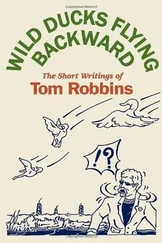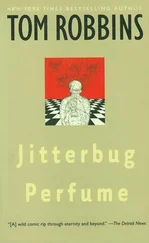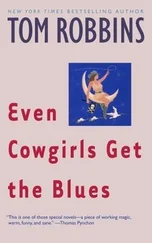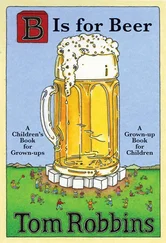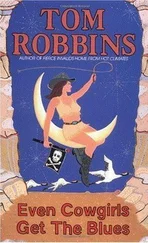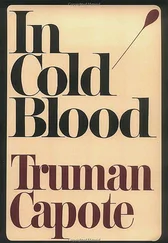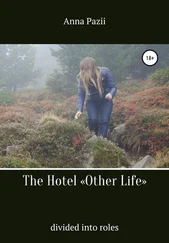There was also a bowl of ripe plums on the coffee table, and earlier (it could have been thirty minutes earlier, three minutes, or three hours), I’d stared at a plum (for what could have been thirty minutes, three minutes, or three hours), discovering that the purple plum skin was in actuality a subtle chromatic interplay of red, blue, pink, magenta, maroon, sapphire, indigo, russet, rose, carmine, ultramarine, lapis lazuli, and even gold: my art-critic nomenclature called to the fore. Beneath its skin, I felt I could detect, having now the time/no-time for limitless concentration, the marvelously engineered intricacy of pulp, juice, and pit; could detect the interplay of acids, salts, and sugars as they coursed (never static) through the fruit flesh at speeds far too slow for a normal eye, even with instrumentation, to detect. For an undetermined while, I’d been awash in pure plumness. But now, led there by discernible jazz waves, my attention shifted to the daisies.
It’s a fact that the crown of the common daisy forms a perfect logarithmic spiral. Mentally noting, perhaps, that both our DNA and our Milky Way galaxy are likewise spiral or helical in shape, I began to trace with my eyes the spiral arms of one daisy’s crown, starting with the outermost arm; slowly, slowly moving along the curved plane toward the generation point, the end, the center. And here, I must warn you, is where the woo-woo kicks in with both fairy slippers. When my eyes reached the end/beginning of the spiral, reached the very most pinpoint center of the yellow crown, I abruptly went inside the daisy! That is, my consciousness entered the daisy. Obviously, my cowboy/banker body remained slouched in the armchair, but for an indeterminate number of seconds or even minutes, my entire conscious being was literally — literally — inside that flower.
I’ve seldom told this story, all too aware that even a friendly listener was likely to judge me either dishonest or nuts. Those I have trusted to accept the account at face value have invariably asked, “What was it like in there? Inside a daisy?” My answer: “Like a cathedral made of mathematics and honey.” Ambiguous, I know, but that’s the best I can do. I cautioned you, remember, that the psychedelic experience does not readily lend itself to verbal communication. It was voluminous in there, a kind of parallel universe flooded with sweet golden light enlivened by vaporous progressions of abstract symbols that seemed to assign numerical value to the various magnitudes, tones, and patterns of chi, the energy that courses through all living things. See what I mean? A cathedral made of mathematics and honey seems to best sum it up.
At any rate, a physical description is not what really matters here. The important thing is the knowledge I took away from the event, namely the realization that every daisy that exists — every single daisy in every single field — has an identity just as strong as my own! I assure you a revelation such as that cannot help but change one’s life. It altered my view of the natural world and my place within it, top to bottom, and for weeks thereafter I could not see a daisy in a window box or someone’s yard without getting tears in my eyes. The reader is free, of course, to ridicule, scoff, or try to explain it away, but that’s my story and I’m sticking to it. As the old coots down in Appalachia used to say, “You can burn me for a fool but you won’t get no ashes.”
Growing up, I was freaked out by eternity. Early on, my good Baptist mother had briefed me on heaven, emphasizing how those good enough to land there would be there forever, that their lives in heaven would never come to an end. Never? Not ever, not even after a thousand billion years? I couldn’t wrap my mind around it. The prospect of extreme longevity was attractive, but the notion that eternity had no stopping point — that it never ever, ever, ever, ever ended! — struck me somehow as horrific. I used to lie awake at night fretting about it. And for naughty Tommy Rotten, the information that time was equally interminable in hell was hardly any comfort.
Under the influence of LSD that sunny July day, I finally lost my terror of the eternal. In a state during which time for me flowed either in more than one direction or not at all, I was hit by the realization that in eternity there is no time: it isn’t a matter of perpetual duration, time simply does not exist there, it was never there in the first place (so, naturally, concepts such as “never,” and “first,” and past-tense verbs like “was,” make no sense in the context of eternity, where it is always the present). Zen places great emphasis on living in the present moment. On acid, it was demonstrated to me that the present moment and eternity are one and the same, whether or not there is any such place as heaven. This all sounds quite sophomoric when I write it down, but that doesn’t negate the fact that LSD served to relieve me of a lifelong secret sense of dread.
Carl Oglesby, the former Berkeley political activist, has said that “Acid is such an immediate, powerful, and explicit transformation that it draws a line right across your life: before LSD and after LSD.” He is doubtlessly correct, although in my case, neither transformation nor that line of separation would have been evident to an outside observer, at least for a few years.
When I walked out of Jim’s studio that afternoon, feeling finally “born again” — a sensation that had so disappointingly eluded me upon my baptism in the Rappahannock River twenty years earlier — I remember thinking that if President Kennedy and Nikita Khrushchev were to sit down and take LSD together, the Cold War would end overnight. So many others were to have a similar reaction to LSD that we may conclude that it was acid that fueled the massive antiwar movement a bit later in the decade. In mid-1964, however, the peace movement was still only a throb in some old Quaker’s pulse, and I’d been a confirmed pacifist for years before encountering white rabbits and little blue pills.
Outwardly, my life appeared unchanged, I wrote my reviews, cared for Kendall, dressed in the same style and ate the same foods, although I developed a sudden distaste for alcoholic beverages which struck me now as crude, even barbaric; an insult to the senses and the mind, a toxin that inflated the ego and elongated its tentacles, whereas LSD produced the opposite, ecstatically liberating effect. I also found that reading had become unsatisfying, for no words, however artful, on any printed page seemed to do justice to what I now regarded as the “real” real world.
If editors at the Times detected any post-acid changes in me — the fascinated way I looked now at patterns and colors, for example, as if seeing them with freshly minted eyes — they didn’t let on; and as for Susan, she was too busy drinking to notice that I was not. Anyway, I only saw Susan when she dropped by to check on Kendall or get laid. (There are limits to abstinence.) At one point, I ordered a box of peyote buttons from the Smith Cactus Ranch in Arizona (it was perfectly legal then), thinking that if Susan and I took a mind trip together, the insights afforded might curb her boozing, help her understand me, even repair our marriage.
After drying the green cacti buttons for a fortnight over a space heater, I ground them up, filled horse capsules with the powder, and with as much pseudo-Navajo ritual as I could stomach, swallowed five capsules, forcing five more each on Susan and John, a friend from the Blue Moon who’d showed up unexpectedly. The peyote proved even harder to stomach than my improvised Navajo mumbo jumbo, but once the cramps and nausea subsided, I commenced to ride a muddy surge of organic visions: dense, earthy, primitive, and chthonian as opposed to the exquisite Escher-like morphology of LSD. I felt simultaneously sick and elated. Susan and John, on the other hand, were sick, uncomfortable, and bored, and after a couple hours of this, they repaired to a neighborhood tavern to drink beer, John, too, being a faithful fan of fermentation.
Читать дальше

